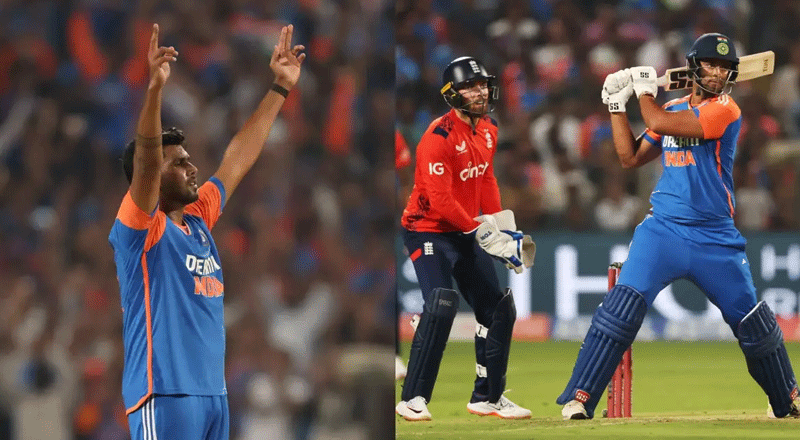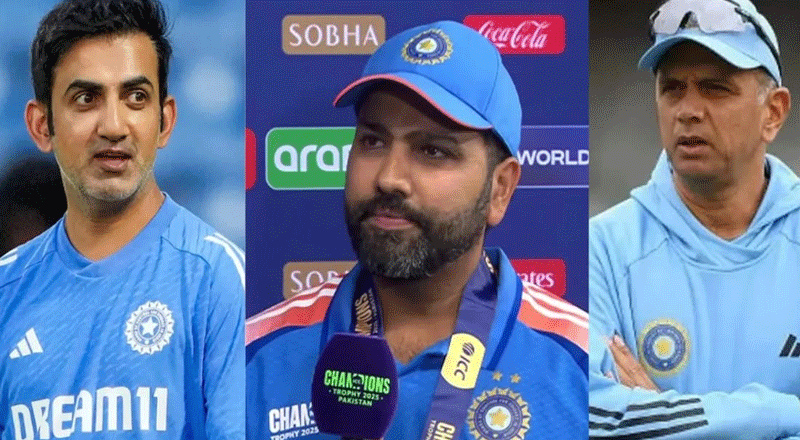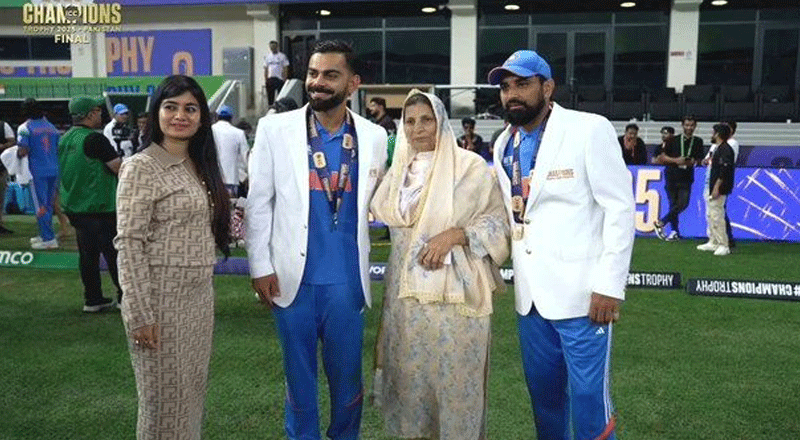Harshit Rana came in on as a concussion substitute for Shivam Dube, who got hit on the helmet in the last over of the first innings. However, with Harshit being a bowling all-rounder and Shivam being a batting all-rounder, debates of like-for-like replacement sparked. Check the rules here.
In a controversial moment in the India vs England 4th T20I in Pune, Harshit Rana came in on as a substitute player replacement for Shivam Dube in the second innings of the clash.
Harshit came to bowl in the 12th over after being named replacement for Dube and made an impact immediately as he broke the rebuilding fourth wicket stand of Liam Livingstone and Harry Brook after getting the former caught behind.
Harshit, who was not in the Playing XI for the match, then took two more wickets of Jacob Bethell and Jamie Overton as he bowled four overs for 33.
During the second innings, the BCCI had confirmed that Harshit was the concussion substitute for Dube, who got hit on the helmet on the second last ball of the first innings by Jamie Overton. While Dube played the last ball, he did not come to field in the second innings.
Initially, Ramandeep Singh was on the field for Dube as a substitute, however, the Men in Blue brought Harshit later and made him the concussion substitute.
What do concussion substitute rules say?
According to the ICC T20I Playing Conditions, Clause 1.2.7.3 states that “The ICC Match Referee should ordinarily approve a Concussion Replacement Request if the replacement is a like-for-like player whose inclusion will not excessively advantage his/her team for the remainder of the match.”
The move sparked debates about whether Harshit was a like-for-like replacement for Dube.
Further sub-sections highlight that the Match referee should consider the role of the concussion replacement. Sub-sections 1.2.7.4 and 1.2.7.5 say, “in assessing whether the nominated Concussion Replacement should be considered a like-for-like player, the ICC Match Referee should consider the likely role the concussed player would have played during the remainder of the match, and the normal role that would be performed by the nominated Concussion Replacement.”
“If the ICC Match Referee believes that the inclusion of the nominated Concussion Replacement when performing their normal role, would excessively advantage their team, the ICC Match Referee may impose such conditions upon the identity and involvement of the Concussion Replacement as he/she sees fit, in line with the overriding objective of facilitating a like-for-like replacement for the concussed player,” it states further.
With PTI inputs





